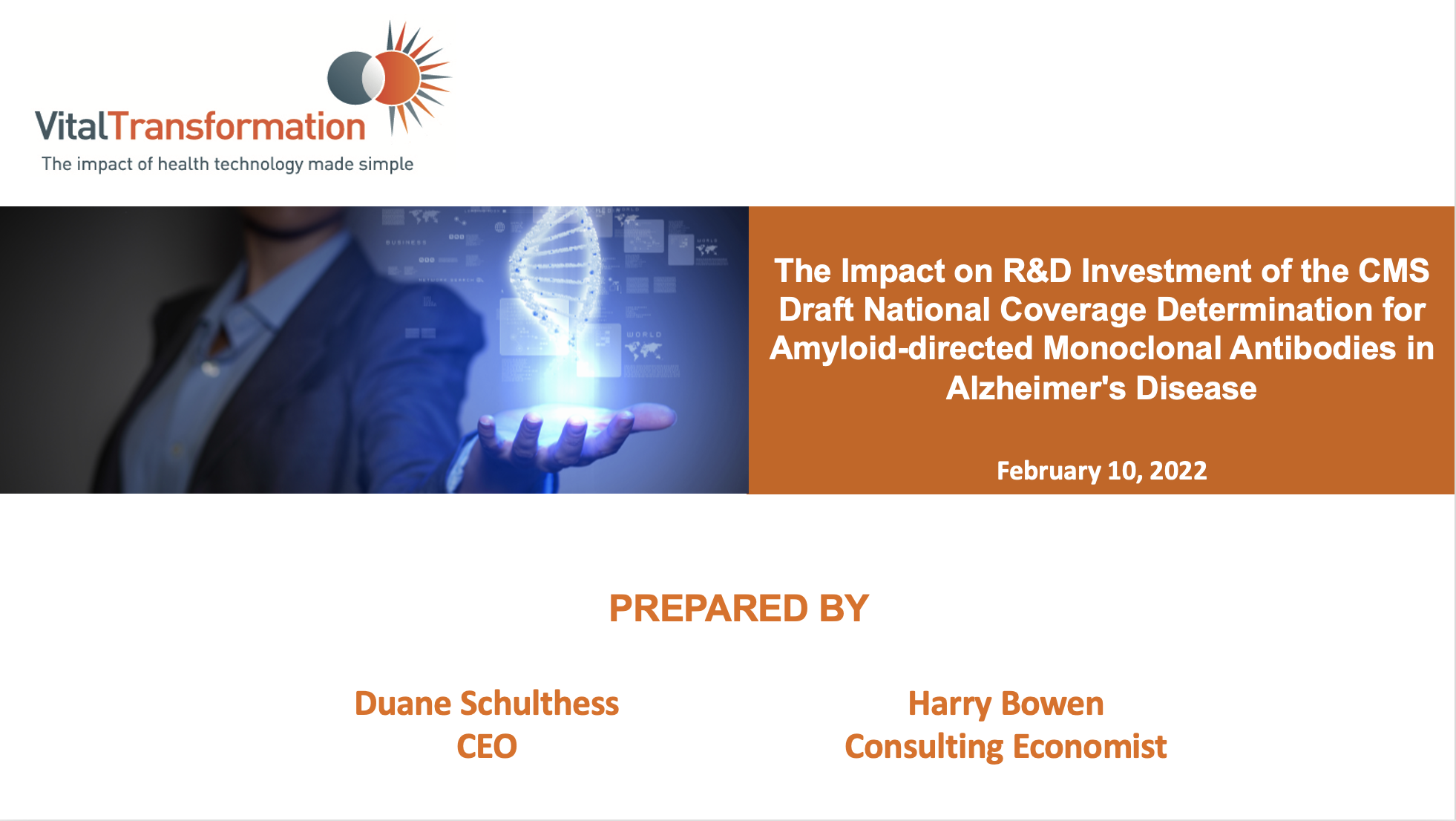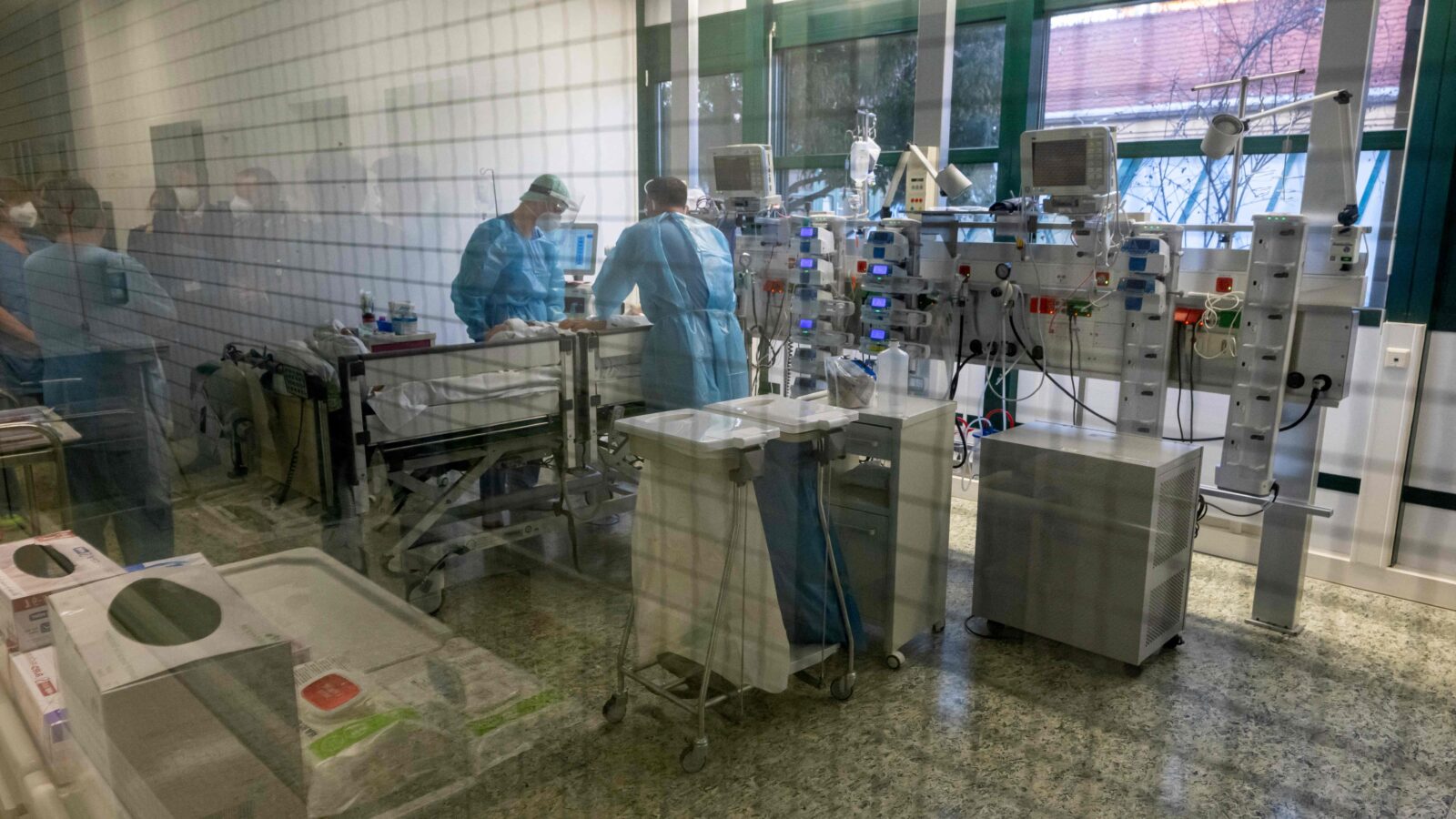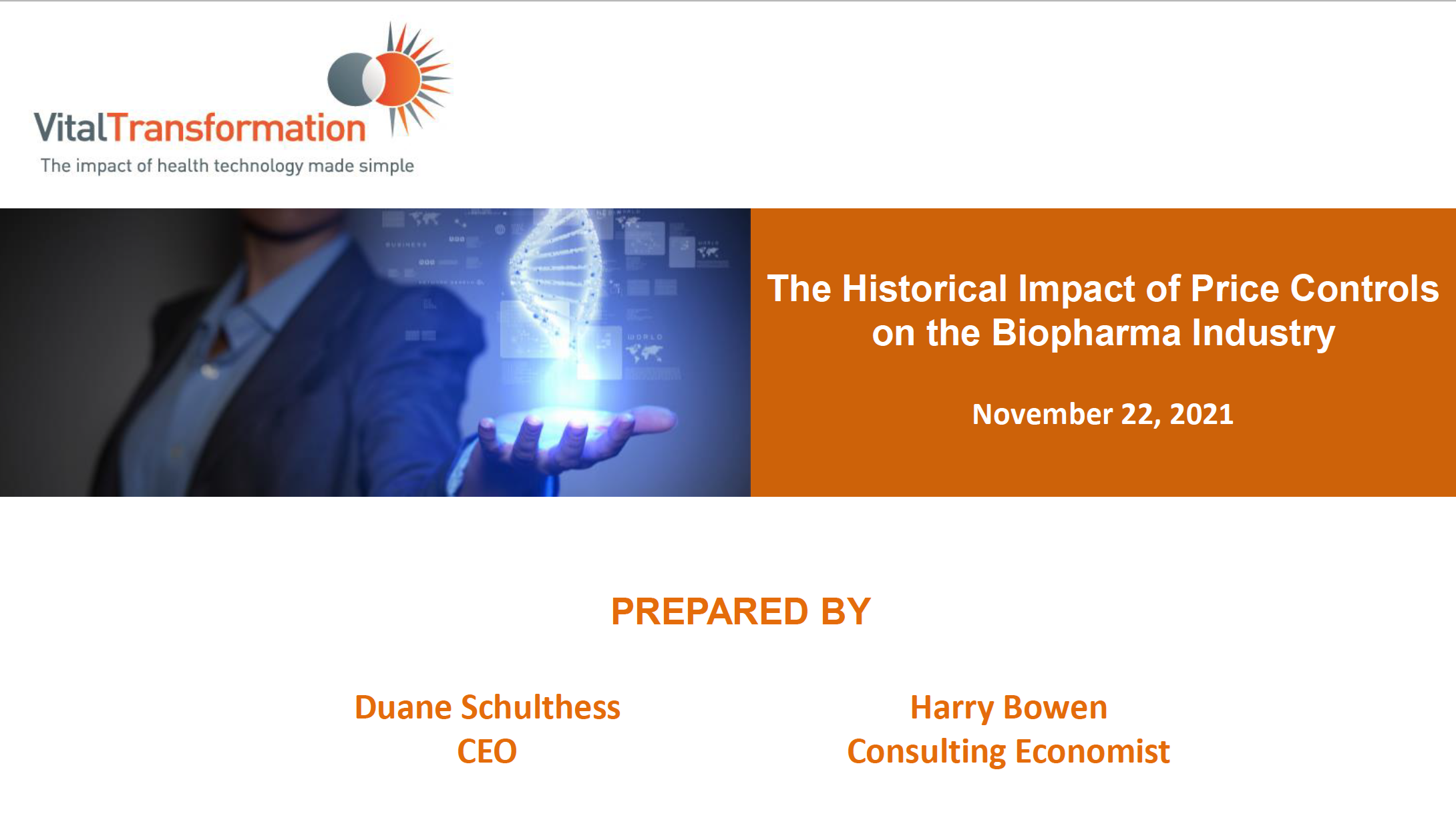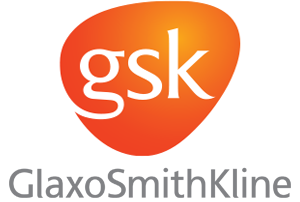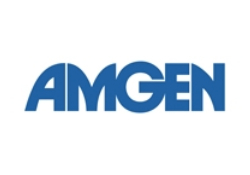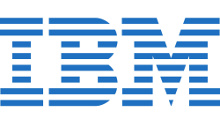Vital Transformation understands the implications of new medical procedures, technologies and policies. We measure their impact on current clinical practices in close collaboration with health care professionals, researchers, and regulators. Through our web platform and client network, we are able to communicate our findings with international decision makers and stakeholders. Vital Transformation has presented or participated in conferences sponsored by The Royal College of Physicians, European Health Forum Gastein, The European Commission, London Genetics, The European Science Foundation, The European Microelectronics Summit, and others. Our Vital Transformation branded round-tables, webinars, and conferences are often oversubscribed, and are regularly presented in partnership with global thought-leaders and organisations.
OUR RESEARCH
The Impact on R&D Investment of the CMS Draft National Coverage Determination for Amyloid-directed Monoclonal Antibodies in Alzheimer’s Disease
• The Centers for Medicare and Medicaid Services (CMS) has introduced a draft national coverage determination (NCD) for amyloid-targeting Alzheimer's disease (AD) therapies which brings new uncertainties into investment decisions / ROI calculations.
• This analysis measures the potential impact of this NCD - using assumptions based on the current draft language and historical data about AD R&D trials and investment, we assume that the NCD will add 3 or more years to the time it takes for an AD asset to see any return on investment.
• Of the programs currently in development – IF the proposed NCD was in place at the time of program initiation, 93% of investments would have had negative ROI and therefore would not have likely been made.
• Furthermore, the results of our research find that many existing clinical development programs would likely be halted - this is not only true for amyloid-targeting therapies, but all AD treatments, as neurological disorders often use the same endpoint threshold when applying for CMS program participation.
• The NCD, if implemented, reduces our estimated 39 treatments with a net positive ROI to 3, with an assumed three-year delay; with a four-year delay, we find only one therapy with a positive ROI in our model.
• Finally, the NCD introduces new and material risks to the ROI calculations for potentially all products approved under the accelerated approval pathway, which is vital to supporting the development of treatments targeting high unmet medical needs and significant scientific challenges.
An Omicron oddity: The number of cases doesn’t predict the number of deaths
22 December 2021

Early in the Covid-19 pandemic, the case fatality rate was frightening. This metric represents the proportion of all known people infected with a disease who die from it. The World Health Organization initially put it as high as nearly 16% in Algeria.
Several colleagues and I at Vital Transformation began closely following the data on Covid-19 early in the pandemic. We wondered if case fatality rates might be skewed by lack of testing. We collected data on various indictors that early on were thought to be influencing the spread of Covid-19.
Why is the Plasma Industry Different than Biopharma?
• Unprecedented cost increases – in an industry that already experienced serious patient access challenges in 2019, pre-US border policy and pre-COVID-19 – have put manufacturers under considerable strain worldwide.
• As a majority global plasma donations come from the United States, poorly considered, one-size-fits all reimbursement decisions will substantially increase the risk of patient access concerns and negatively impact the sector globally.
• The plasma industry is subject to many of the same pressures of other industries. As ingredient costs rise and reimbursement falls there must be a point where the viability of that industry is in jeopardy.
The Historical Impact of Price Controls on the Biopharma Industry
With US congressional proposals now advocating in favor of government price setting for prescription medicines, the impacts of historical price setting in Europe provides a robust data source to test and predict the impact of price controls in the US on the biopharma ecosystem.
• This study uses statistical and economic modeling to calculate the net impact of EU price controls upon the domestic biopharma ecosystem in Europe; US and EU prices were compared for the top 10 selling drugs in the US for each year from 2003 – 2020*, and impacts upon biopharma R&D ecosystem key performance indicators (KPIs) were measured.
• Our research shows that every 10% drop in the price of medicines in price-controlled EU markets was associated with a:
-> 14% decrease in total VC funding (10% early stage and 17% late stage)
-> 7% decrease in biotech patents,
-> 9% decrease in biotech start-up funding relative to the US
-> an 8% increase in the delay of access to medicines.
• Our model also proved robust at predicting the trend impacts of drug pricing on Japanese biopharma KPIs, which acts as a validation of our methodology; we posit that similar drops measured by biopharma KPIs in the US would be seen over time with similar price controls.
• Drug pricing controls implemented in the US would likely have an even greater impact on biopharma KPIs given its global leadership in investment and innovation.
PODCASTS
NEWSLETTER
Register now to receive all the latest updates from Vital Transformation including our research, podcasts and more…
Our clients include many of the world’s leading health care organisations.





